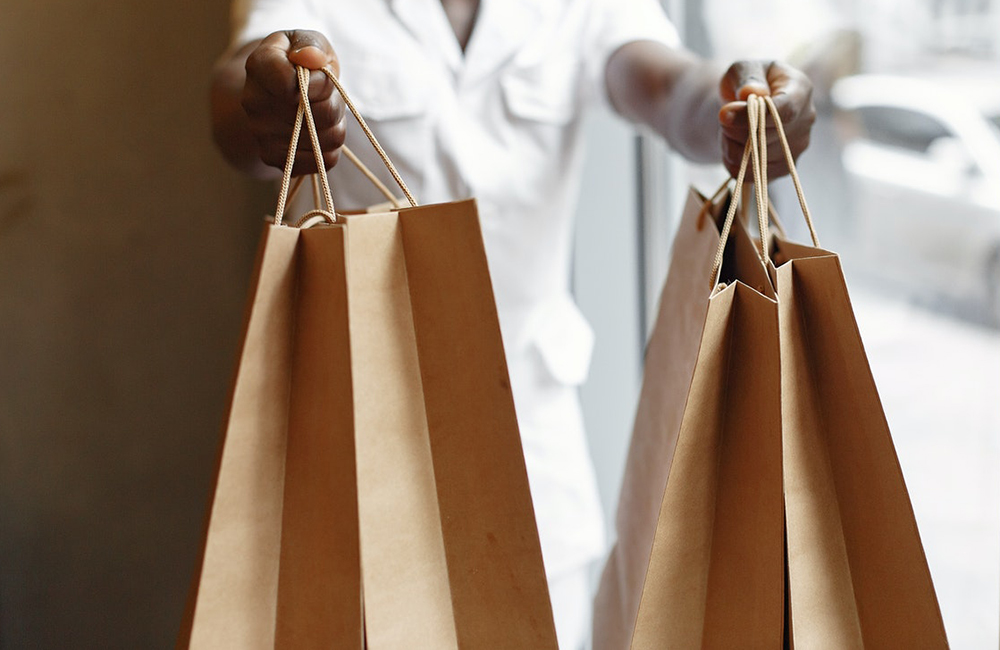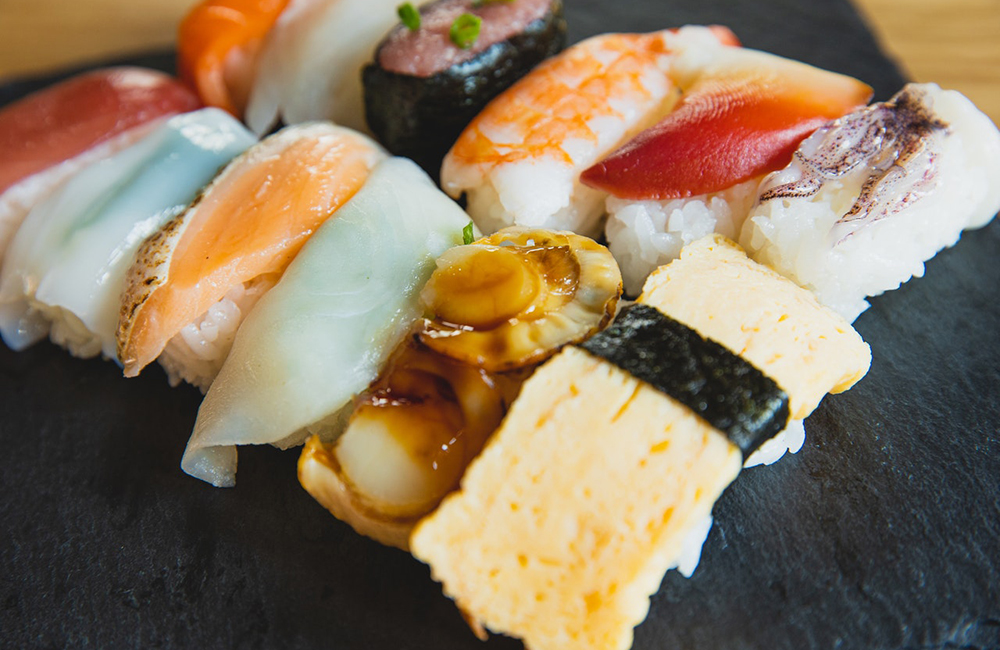Takeaway dining is on the rise, as fewer people are opting to dine-in at restaurants. Even as patrons return to restaurants, the lack of attention on takeaway dining has shifted. Restaurant owners realize that there is a large group of individuals that want to grab a restaurant menu, order, and pick up their own food.
It's a concept that is here to stay, but there is more that you can do to not only uphold your reputation but also offer the best experience for your diners: optimize your menu for takeaways.

Every stakeholder in restaurant marketing must start optimizing their menu for delivery.
How?
Optimize Your Takeaway Menu Using 5 Easy Tips
A few restaurant menu ideas that can help you rapidly optimize your menu are:
1. Add in Customization Options
When people sit down to eat, they often pick and choose items to exclude from a dish. While this isn't standard for every entrГ©e, it's very common for others. "Please don't add pickles or onions to my burger" is a common scenario that restaurant owners see.
But when ordering or using a takeaway menu, it's important to still allow consumers to:
- Customize their food
- Add-on certain items to their food
You can allow this when a customer calls, but you'll want to make note of it somewhere on the menu. If you're offering online ordering, be sure to allow for customization options. Remember, some customers aren't picky eaters, but they do have allergies that need to be considered.
2. Update Your Menu to Trim It Down
Sometimes, too many choices will lead to confusion and difficulty ordering. You should trim your menu to ensure that all of the best-selling items are on the menu while cutting back on items that rarely sell.
You'll also want to consider traveling.
Certain food items travel well, while others do not. Perhaps a certain item causes too much moisture or needs to be served piping hot to taste right. A few things to consider when trimming your menu are:
- How will the food item travel?
- What is the maximum time before the item gets soggy or cold?
- Does it make financial sense to offer this item for takeout?
Talk to your main chef when deciding what items to nix and which to keep on the menu. You'll often find that certain items simply aren't in high demand and are just taking up space.

3. Place Your Best Items First
You have your best sellers and your add-ons that will make up the majority of your profits. Hiding these items away isn't a good choice. Instead, you want to keep top-selling items as high up on your menu as possible.
Perhaps you can create a "popular items list."
Since these items sell best, place them higher within your menu categories. If your patrons have to dig through your menu to find items that they may want to purchase, they may decide to bring their business somewhere else.
Takeout doesn't include the chitchat and back and forth conversations that people have when they go into a restaurant. People want to find the items that they want to order as fast as possible when ordering takeout or takeaway.
4. Add in Food Descriptions
Food items should have descriptions. You're not writing a novel, but you do want to entice people to try the food. You should list all of the ingredients, and add in a short description. You shouldn't have more than two sentences to describe an item.
"A crispy, golden brown texture with a hint of garlic and a zesty sauce..." is a descriptive way to explain food items to consumers.
When people are able to visualize the food, the texture and are enticed by your description, they're far more likely to order.
If it's possible to add imagery to your menu, do it. Images are a great way to sell items and are the key reason best-selling items have pictures next to them. Eating is all about taste, but people will often order based on a picture of a delectable dish.

5. Highlight Dietary Restriction Items
Dietary restrictions are a major selling point. People are deciding to follow certain dietary guidelines, which can include:
- Vegan
- Vegetarian
- Keto
- Low-carb
- Etc.
You can add in sections for these items or decide to put a logo or icon next to them. When people are on a health kick, they're far more likely to order from a restaurant that makes it easy for them to follow their diets.
Subway, for example, has its own low-calorie items in its own section that allows people to order based on their caloric restrictions.
Changing your menu to highlight these dietary choices allows you to target different groups of customers.
A lot of restaurant marketing ideas revolve around how to offer indoor, outdoor and takeaway dining options. You might hand out a takeaway cafГ© menu when someone comes in and orders takeout, but there's a lot more than you can and should do:
- Delivery time. How large of a radius will you offer for delivery? This should be dependent on your location and possible traffic. A large inner-city restaurant may only be able to deliver a few miles away because of traffic. If delivery takes longer than 40 minutes, you'll want to shrink the delivery radius.
- Multiple options. Allow patrons to pick up or have food delivered. When you offer multiple means of ordering food, you'll find that more people will order.
- Reevaluate. If you're just starting to offer takeaway, you should spend a lot of time reevaluating your success. What's working? What isn't working? Are you making money by offering takeaway, or is it costing you too much money?
Restaurants are adapting and changing, and it's up to owners to quickly change pace as the market demands. If you optimize your takeaway menu, refine your delivery areas and continue to monitor your success, you can cater to consumer needs while also making more money in the process.
It's a win-win scenario for the restaurant and your guests.


